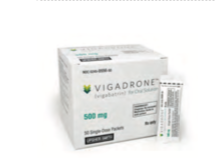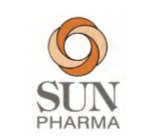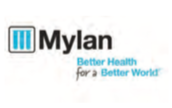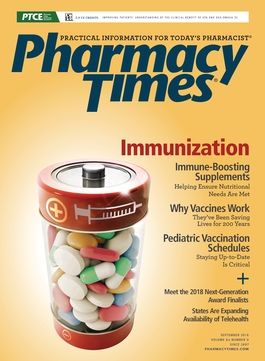Publication
Article
Pharmacy Times
Generic Products (September 2018)

MARKETED BY: Amerigen Pharmaceuticals
COMPARE TO: Targretin
INDICATION: Amerigen has launched its newly approved retinoid, bexarotene, as an AB-rated generic equivalent to Targretin to treat cutaneous T-cell lymphoma manifestations in patients who have not responded to other treatment methods. Retinoids, such as bexarotene, are linked to birth defects and are therefore not recommended for treatment during pregnancy.
DOSAGE FORM: Capsules
FOR MORE INFORMATION: amerigenpharma.com

VIGADRONE FOR ORAL SOLUTION
MARKETED BY: Upsher-Smith Laboratories LLC
COMPARE TO: Sabril
INDICATION: The FDA has approved Vigadrone (vigabatrin) for Oral Solution with an AA rating as a generic alternative to Sabril. Vigadrone treats infantile spasms in infants, where the benefit of treatment outweighs the associated risk of vision loss, and refractory complex partial seizures in patients who are 10 years or older and have not responded to alternative treatment. Vigadrone is an adjunctive therapy that should not be used as a first- line treatment.
DOSAGE FORM: Oral solution
FOR MORE INFORMATION: upsher-smith.com

METFORMIN HYDROCHLORIDE
MARKETED BY: Sun Pharmaceutical Industries Ltd
COMPARE TO: GlumetzaINDICATION: SunPharma has launched metformin hydrochloride extended-release tablets as a generic equivalent to Glumetza to improve glycemic control in adults with type 2 diabetes.
DOSAGE FORM: Oral tablets, 500 and 1000 mg
FOR MORE INFORMATION: sunpharma.com

RIVASTIGMINE TRANSDERMAL SYSTEM
MARKETED BY: Mylan N.V.
COMPARE TO: Exelon Patch
INDICATION: Mylan has launched a generic equivalent to the Exelon Patch to treat dementia in patients with mild, moderate, or severe Alzheimer disease and mild to moderate Parkinson disease. The transdermal patch is offered in doses of 4.6, 9.5, and 13.3 mg per 24-hour period.
DOSAGE FORM: Transdermal patch
FOR MORE INFORMATION: mylan.com







